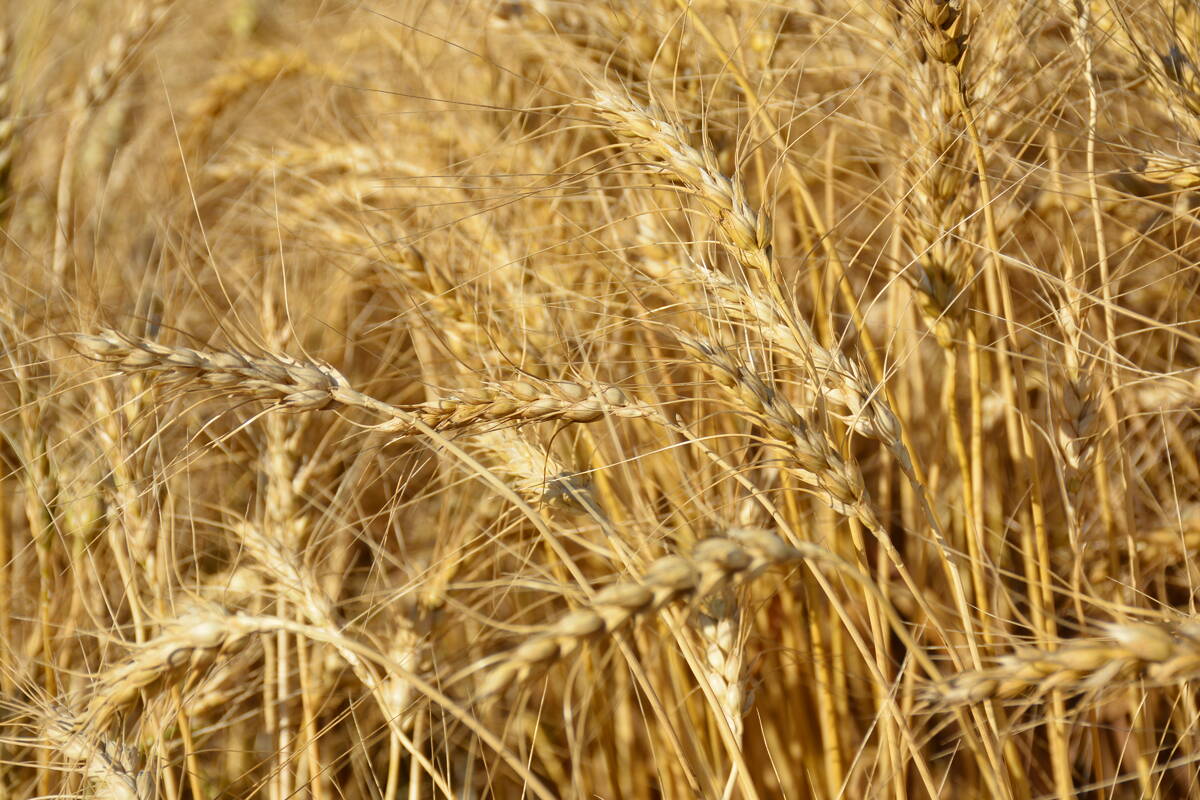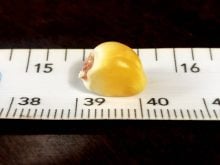Corn fields in two southwest counties and one in the east are at the highest risk in Ontario of hosting Bt-resistant corn rootworm (CRW), according to results from a first-year, grower-led beetle trapping project funded in part by Grain Farmers of Ontario (GFO).
Tracey Baute, entomologist for the Ontario Ministry of Agriculture, Food and Rural Affairs (OMAFRA), published the Ontario results from the 2021 Adult Corn Rootworm Trap Monitoring Network on Feb. 25 on her “Baute Bug Blog.”
The network monitored more than 600 traps across 15 U.S. states and five provinces in 2021. In Ontario, 84 traps were monitored in 22 counties with support from GFO and OMAFRA.
Read Also

Scientists discover a gene that could triple wheat production
This discovery could give breeders a powerful new tool to boost yields without needing more land, water, or fertilizer.
Why it matters: Survey results give crop consultants good information with which to advise farmers on pest control.
Baute said the Trap Monitoring Network grew out of a presentation delivered to GFO members last winter by Iowa State University entomologist Erin Hodgson.
“It was obvious at that meeting that farmers in Ontario were recognizing the problem (of Bt resistance), and that we could learn from the States because they’ve been going through this already.”
Iowa farmers had hosted traps in their fields for several years but Hodgson and colleague Ashley Dean were working last year to make the program more user-friendly and create a digital platform for recording results.
Following Hodgson’s presentation, GFO committed funding to cover Ontario farmers’ costs to participate in a similar program.
“We started to build (the program in collaboration with Iowa State) and then all of a sudden, all these other states and provinces wanted to join,” said Baute.
Four sticky traps were placed in each field, typically starting at the beginning of July and replaced each week for six to eight weeks. Adult beetles caught by the traps were counted.
An average of two beetles captured per day is generally agreed to be the threshold for developing Bt resistance if Bt hybrids are in the field. When the Ontario results showed fields in three counties —Huron and Perth in the southwest and Stormont Dundas Glengarry in the east — with 13 to 28 insects captured per week, the implication was clear. If Bt genetics are the sole measure used to combat the pest in these regions, Baute wrote in her Bug Blog, “crop rotation out of corn for a year should be considered.”
Less than one insect per week was captured in traps in Peel, Grey, Oxford, Simcoe, Chatham-Kent, Lambton, Elgin, Norfolk, Hamilton, Essex and Ottawa, leaving these areas at low risk of having Bt resistance develop.
But Baute says she expects growers in those areas – along with their counterparts in counties identified as higher and medium risk — won’t take this as a signal to let down their guard. That’s because she believes the 2021 results will surprise many and be a call to action for crop advisors and sector leaders.
“Certainly, there were more counties where there are problems than were previously recognized,” she said. Results from western Quebec in particular were much higher than expected so farmers in eastern Ontario should take note.
The results from Huron and Perth should concern growers in neighbouring counties, many of which have high corn acreage.
“I’ve been saying that resistance is widespread across the province for the past two years but this just gives a visual representation to that,” Baute said.
Another takeaway is the distribution of the Northern Corn Rootworm variety. Typically green, it was thought to be mainly limited to eastern Ontario and less damaging than the Western CRW, which is typically yellow and black.
Trap results from last year, however, showed that the Western variety is still dominant throughout Ontario and the Northern variety is present in most counties.
“There is a slight difference between the species in how they overwinter and the Western does seem more able to develop resistance,” Baute said. “But they both can develop resistance to Bt, and they both can do damage to crops.”
Baute’s analysis of Ontario results from 2021 can be viewed at https://fieldcropnews.com/2022
/02/2021-ontario-crw-trap-network-results/.
The first-year project was a success in answering questions about rootworm activity, location, variety and how the problem compares to other regions.
From a broader perspective, the goal is to encourage crop rotation and Baute said the results give agronomists and crop advisors the information needed to encourage crop rotation.
Field management is part of the information that accompanies each set of trap results, so the results reinforce the understanding that Bt resistance “is really a problem with our continuous corn rotation.”
In Ontario, first-year cornfields had “very low CRW activity,” Baute wrote in the Bug Blog. Sites with three or more years of continuous corn had the highest degree of activity.
In some U.S. states where a two-crop corn/soybean rotation dominates, there were some soybean sites with traps that caught a significant number of CRW beetles. But in Ontario, the few soybean sites monitored had no CRW activity.
That’s not surprising, Baute said, given that aside from a continuous corn rotation still in use on some farms, a three-year rotation including wheat is dominant.
This year she wants to broaden the range of counties with, particularly in the east so they can track the possible migration of Bt resistance from Quebec.
“I feel it’s more beneficial, too, to get them in higher-risk fields.”
If growers have been using Bt hybrids as their sole strategy in corn or utilizing corn-on-corn rotations, she would like to see traps placed in those fields.
GFO has committed to funding farmer participation in 2022. It’s the same protocol as last year, although Baute plans to switch up the brand of trap used in Ontario.
Contact her at [email protected] if interested in hosting traps.















